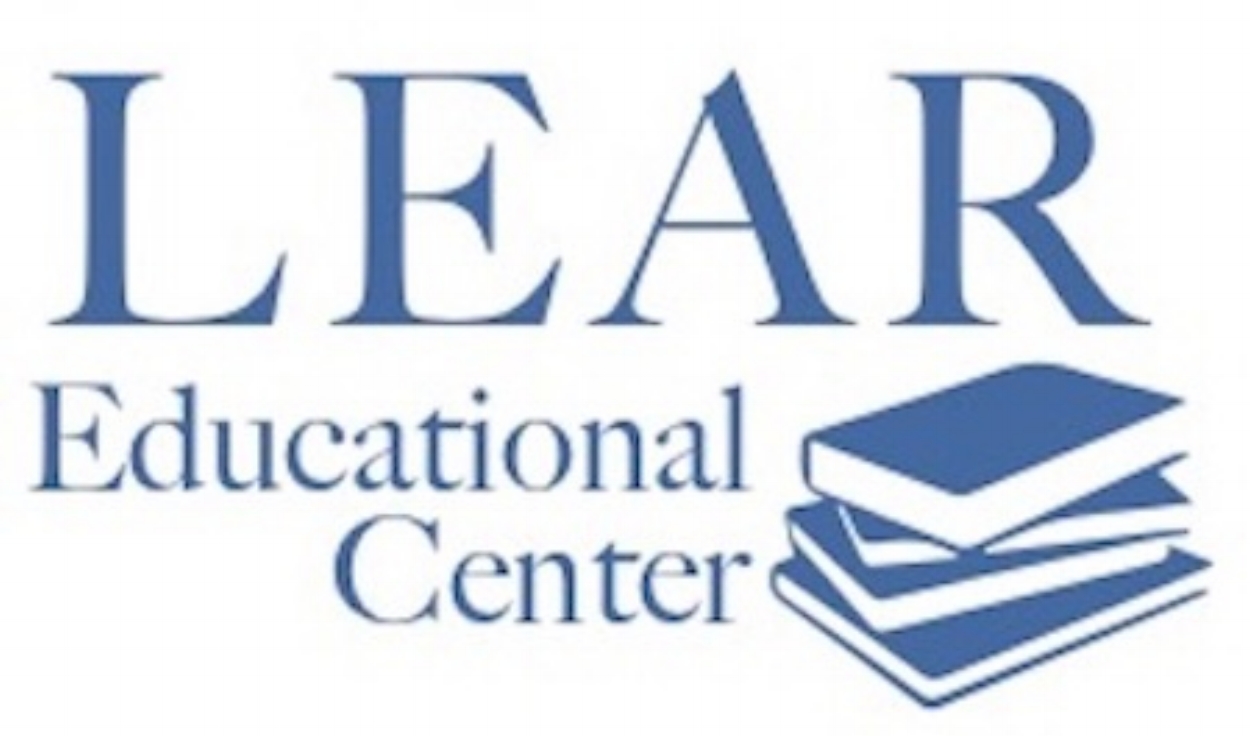Dyslexia
/What is Dyslexia?
Students diagnosed with Dyslexia typically have normal intelligence and normal vision. Nevertheless, they have difficulty processing language. Since they cannot readily identify speech sounds or determine how these sounds relate to letters and words (decoding), their ability to understand what they hear and learn is hindered. This in turn affects their capability to read and write. Dyslexic students have problems forming words correctly, often reversing the sounds or confusing words that are different but sound alike, making it difficult for them to express themselves.
How Does it Affect Them?
Decoding is a skill that everyone learns in the beginning stages of learning to read. This is the reason why decoding and comprehension go hand in hand. For most of us who do not struggle with dyslexia, decoding and comprehending word meanings is not as difficult. When we read and sound out words, otherwise known as phonics, we process them to understand what they mean. Since it may take a dyslexic student longer to absorb words and material through reading, it often causes issues with confidence and the desire to practice or study as much as they should. This further affects their test taking skills and learning experience in the classroom. Unfortunately, this may also cause social withdrawal and anger issues, which may interrupt the development of good social skills. If not addressed early on it often carries on into adulthood, negatively impacting the prospects for their future.
How Do Dyslexics Learn to Read?
Students with dyslexia are often right-brain dominant and benefit from multi-sensory teaching techniques. Because of this processing difference, using traditional teaching methods may make learning to read more challenging for the dyslexic student. The impact of teaching methodologies that incorporate visual and oral elements in the instruction of language is significant and helps the dyslexic student see, recall, and associate words with their meanings. This is the reason why it is so important to implement an appropriate teaching methodology in their tutoring early on using different fonts, audio books, and other tools that incorporate sight, sound, and touch.
Diagnosis
Early indications of dyslexia may begin with problems remembering numbers, colors, and letters. It can be a genetic disorder, and often occurs in people diagnosed with ADHD. It tends to run in families, and can be assessed through tests in reading, spelling, writing, vision and memory.
Learn more about Dyslexia at the International Dyslexia Association Website



































